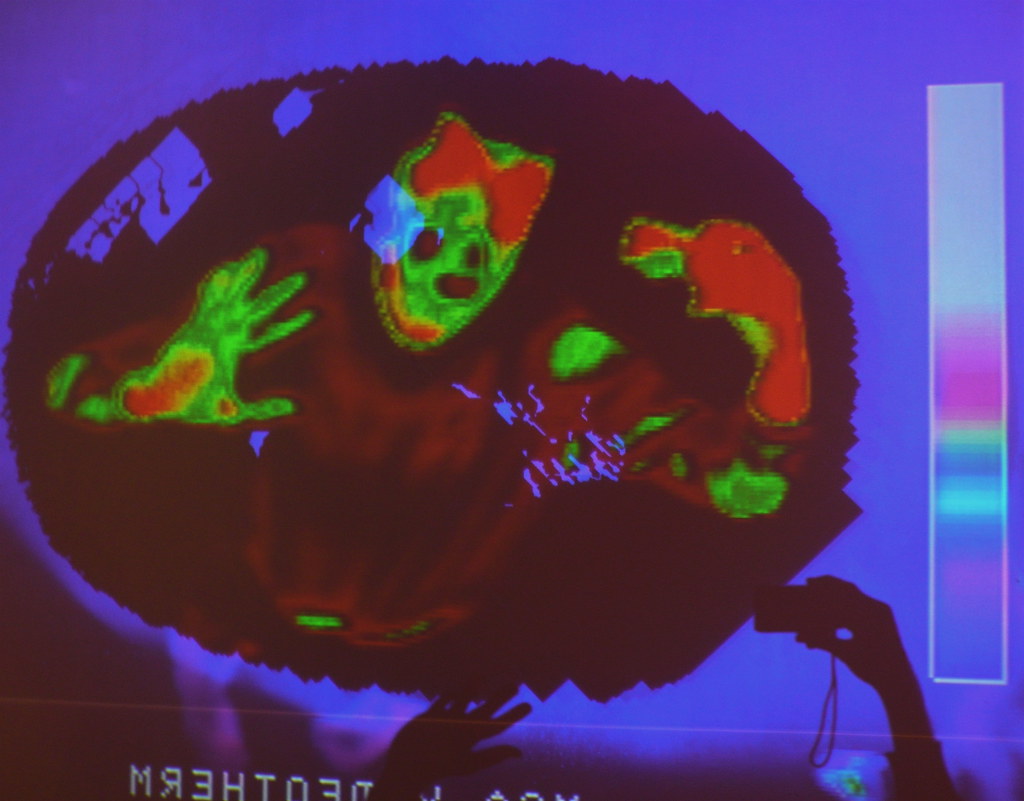Formula One racing evolved from early European Grand Prix racing. These early races here remained public streets and a number of the current Grand Prix races continue to be endured them. Due to safety issues associated with street racing, most Formula One racing events are hung on circuits designed to meet the precise high performance demands of Formula One racecars.
A terribly real danger in F1 racing is on the right track hazards. Stalled cars, accidents and debris can all mean disaster if a driver is unaware of their existence. Different colored flags are waved throughout F1 races to indicate certain things. A yellow flag being waved indicates that a automobile can would like to prevent. The driving force is also not allowed to overtake another automotive once seeing this flag. A red flag signifies the premature end of the race, whether or not temporarily or for smart. Finally, a red and yellow striped flag being waved will indicate slippery conditions on a track. There are several alternative colored flags that guide and warn drivers of the risks in F1 races.
The ultimate flag utilized by Formula One racing marshals may be a black flag with an orange circle in the middle. This flag is waved to tell a driver that a vehicle mechanical drawback has been detected. The motive force must come back the car to the pit.
The simplest understand and most loved of all Grand Prix circuits is the Monaco Grand Prix in Monte Carlo. World Championship Formula One racing has been at home on the Monte Carlo circuit since 1955. The Monte Carlo circuit has modified very little over the years. The most major change occurred in 2004 when a brand new pit complicated was added and changes were made to extend the amount of spectators that would be accommodated.
What fuel do Indy 500 cars use? Since then, INDYCAR® officers have experimented with completely different blends of methanol and later ethanol to arrive at these days's official fuel formula called E85. It's a blend of eighty five % ethanol and 15 % high-octane racing fuel. See also How Fast Do Indy Cars Go?
Formula One racing weekends are a fun-crammed and exciting time for teams and spectators alike.



